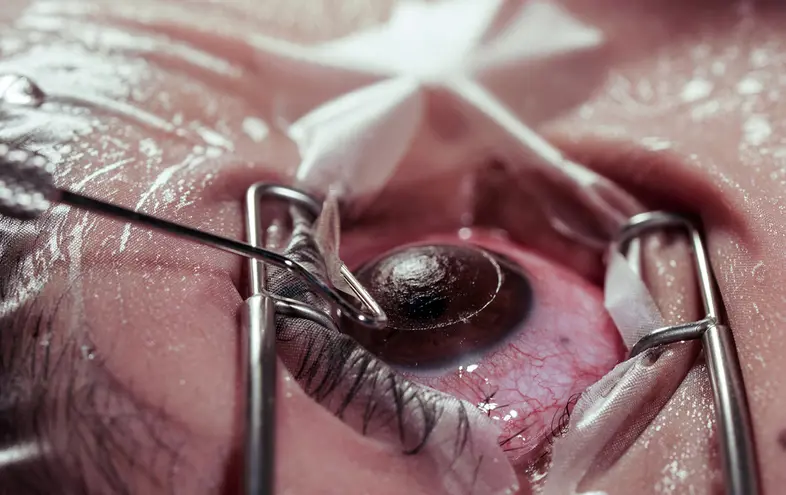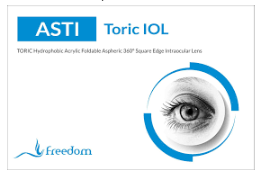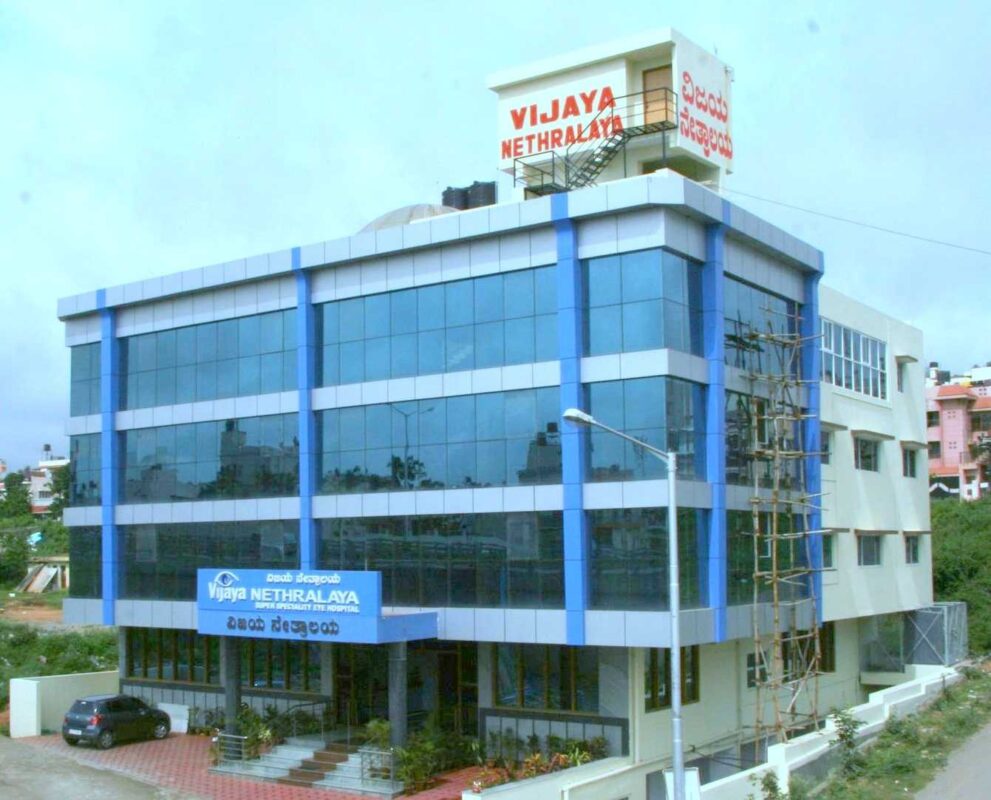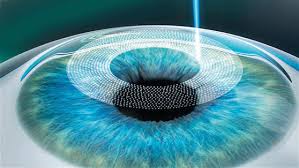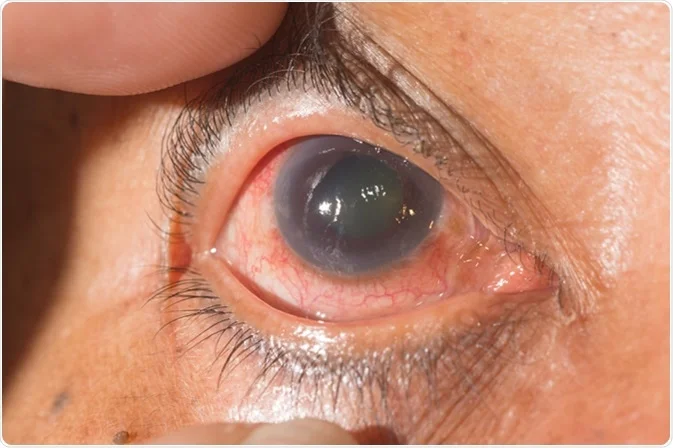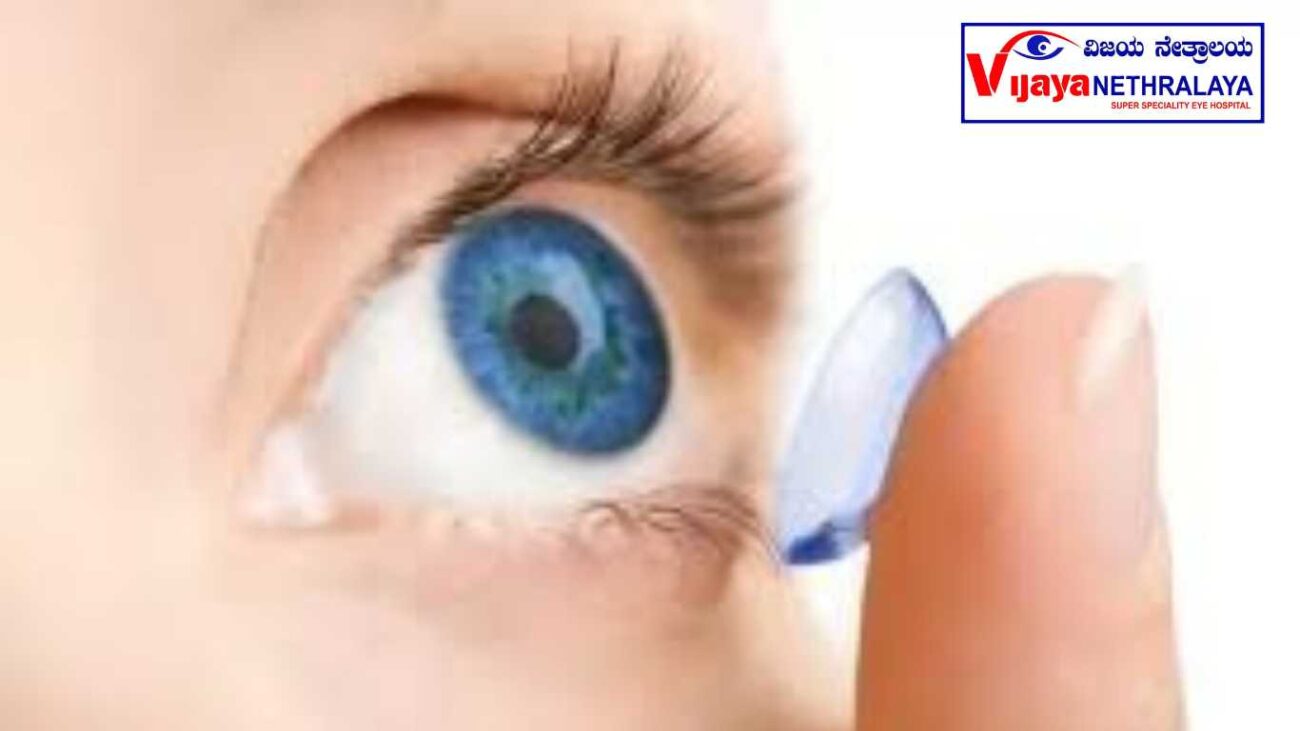Introduction:
Age-related farsightedness, commonly known as presbyopia, is a natural eye condition that affects individuals as they grow older. This article delves into the details of understanding Aage-linked hyperopia including its causes, symptoms, available treatments, and helpful tips for managing this visual challenge.
Understanding Age Related Farsightedness:
Age-linked hyperopia, or presbyopia, is a vision condition that typically develops around the age of 40 and progressively worsens with time. It occurs due to the gradual loss of flexibility in the eye’s lens, affecting its ability to focus on close objects. People with A age-linked hyperopia may find it challenging to read books, use smartphones, or perform tasks that require near vision.

Causes of Age-Related Farsightedness:
The primary cause of A age-linked hyperopia is the natural aging process. As the eye’s lens becomes less flexible, it hinders the eye’s ability to adjust its focus from distant to near objects. Additionally, genetic factors play a role in the development of presbyopia. If your parents had presbyopia, you’re more likely to experience it as well.
Symptoms of Age-Related Farsightedness:
Age-related farsightedness manifests with several noticeable symptoms, including:
- Blurred vision when reading or performing close-up tasks.
- Difficulty focusing on objects up close.
- Eye strain or discomfort after extended periods of close work.
- Headaches or fatigue when engaging in near tasks for prolonged periods.
Diagnosis of Presbyopia:
Presbyopia can be diagnosed through a comprehensive eye examination by an optometrist or ophthalmologist. During the examination, your eye doctor will assess your near and distant vision, measure your refractive error, and determine the appropriate corrective prescription.
Treatments for Presbyopia:
There are several effective treatments available for a age-linked hyperopia:
- Reading Glasses: Non-prescription reading glasses are a simple and affordable option for correcting presbyopia. They provide clear vision for close-up tasks.
- Prescription Glasses: If you already wear glasses for distance vision, your eye doctor can prescribe multifocal glasses that correct both near and far vision.
- Contact Lenses: Multifocal contact lenses offer an alternative to glasses. They provide clear vision at various distances and come in both soft and rigid gas-permeable options.
- Refractive Surgery: Procedures like monovision LASIK or PRK involve correcting one eye for distance vision and the other for near vision. This can reduce or eliminate the need for corrective lenses.
- Implantable Lenses: Refractive lens exchange involves replacing the eye’s natural lens with an artificial lens that corrects presbyopia.
Tips for Managing Presbyopia:
- Ensure proper lighting when reading or performing close tasks.
- Take breaks to rest your eyes during extended periods of close work.
- Adjust font sizes on digital devices to reduce strain on your eyes.
- Use lubricating eye drops to alleviate dryness and discomfort.
Author Details:
Dr. Sushruth Appajigowda holds a prominent position as a Cornea, Cataract, Glaucoma, and LASIK Surgeon in Bangalore. He serves as the chief Cataract and Refractive surgeon at Vijaya Nethralaya Eye Hospital, Nagarbhavi Bangalore. Renowned as one of the finest LASIK surgeons nationwide, he brings with him over 12+ years of experience across multiple LASIK platforms, including ZEISS, ALCON, SCHWIND, AMO, and Bausch and Lomb. Having successfully conducted over 5000 LASIK procedures, Dr. Sushruth holds the title of a Certified Refractive Surgeon and a Fellow of the All India Collegium Of Ophthalmology. Furthermore, he stands as a distinguished speaker at various National and International Forums, using his expertise to guide you in selecting the most suitable procedure based on your health requirements.

Frequently Asked Questions (FAQs):
Q: Is presbyopia preventable?
A: No, presbyopia is a natural age-related condition and cannot be prevented. However, its effects can be managed effectively.
Q: Can I develop presbyopia earlier than age 40?
A: While presbyopia typically occurs around age 40, some individuals may notice symptoms earlier due to genetic predisposition or other factors.
Q: Are there any lifestyle changes that can slow down presbyopia?
A: While you can’t prevent presbyopia, maintaining a healthy lifestyle that includes a balanced diet, regular exercise, and protecting your eyes from excessive UV exposure can support overall eye health.
Q: Can I use over-the-counter reading glasses without an eye exam?
A: Yes, over-the-counter reading glasses can provide temporary relief for near vision tasks. However, an eye exam is recommended to ensure accurate prescription and proper eye health assessment.
Q: Will presbyopia continue to worsen over time?
A: Yes, presbyopia gradually worsens as you age. It’s important to have regular eye exams to update your corrective prescription accordingly.
Q: Can I undergo LASIK surgery to correct presbyopia?
A: LASIK surgery can be effective for correcting distance vision but may not fully address presbyopia. Procedures like monovision LASIK can help, but it’s essential to consult an eye doctor for personalized recommendations.
Conclusion:
Understanding age-related farsightedness is essential for individuals approaching or experiencing middle age. With the right knowledge and guidance, managing presbyopia can be a smooth and hassle-free process. Whether you opt for glasses, contact lenses, or surgical interventions, the goal is to maintain clear vision and enhance your overall quality of life.



